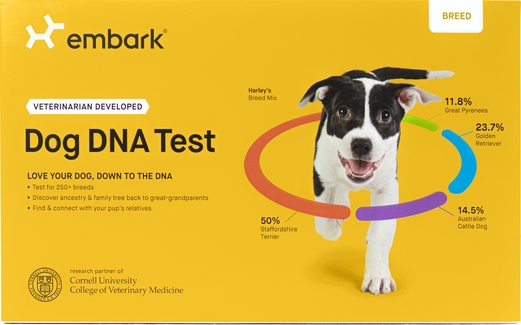
Dogs do not age as humans do, in fact one dog year is equivalent to approximately fifteen human years. Of course, the dog years to human years also varies as the size and breed also influence the rate at which a dog ages. We have documented and seen where smaller dogs tend to live longer than larger dogs, even though they may mature more quickly in the first few years of life. So how does the small dog and big dog match out when t comes on to Dog years and maturity? Large Dogs tend to mature slower at first but are mature at the ripe old age of 5. Small dogs are still being dressed in pampers and powdered and have no say until the are about 10 dog years. So how old is your dog and when do you intend to celebrates his/her birthday, after all, your dog is part of the family and deserves a cake, a clown making weird balloon shapes and a birthday hat.
Dogs and humans do not age at the same rate, dogs age faster than us humans. Even though its urban legend that 7 dog years is equivalent to 1 human years is just a lazy and shorthanded approach to actually calculating and knowing the true age of your pooch. So lets do a little bit of comparison to dog growth and humans. If we compare a pup to a human baby, we will see where the pup will mature at a much faster rate than children in the first set of years. so we can say that the first year of a dogs life equivalent to roughly 12 human years rather than the famous seven.
How to Determine a Dog's Age
Suppose you had adopted or had found your pet, how do you determine your dogs age? Well you could go ahead and speculate on his age or you could use biology to guide you in determining a more accurate estimate of your pooch's age. Lets look at the dog's teeth. The Dog's Teeth can give a rough indication of a how old your dog is. It is actually quite simple. By examining the puppy's tooth and noticing the degree of growth, you could determine how old the pip may be, and the degree of wear and tartar helps estimate the age of an adult dog. However if you have given your dog dental care, it will definitely throw off determining your dogs age. You should note that this is not full proof but will give you a better estimate as to your dogs age.
So if you want to use the tooth guide there are some guidelines which you need to follow to make an estimate of dog's age.
- By 8 weeks: All baby teeth are in.
- By 7 months: All permanent teeth are in place and are clean.
- By 1-2 years: Teeth are duller and the back teeth may have some yellowing.
- By 3-5 years: All teeth may have tartar build-up and some tooth wear.
- By 5-10 years: Teeth show more wear and signs of disease.
- By 10-15 years: Teeth are worn, and heavy tartar build-up is likely with the possibility of some teeth missing.
Cloudy Appearance of Eyes
- No, your dog does not need "dry eyes clear eyes" or he accidentally walked into a burning weed field. Those cloudy eyes are just another sign of aging in your dog.
Gray hair
- Not only humans experience gray hair when they get old but dogs do too. You will notice gray hairs around the muzzle of your dog and then eventually spread to the face and head and body.
Less Skin Elasticity
- The older your dog gets the less tighter his/her skin gets. The level of elasticity will definitely help estimate your dogs age.
But even if you cannot pin point that exact age that you think your dog should be, you can still give him that little birthday party he/she may be dreaming about all his/her doggy life. Go ahead and let your dog enjoy himself, see if he really can woof out those candles.


 RSS Feed
RSS Feed



